Scientists Find Strange Unexplainable Red Dots In Ancient Galaxy
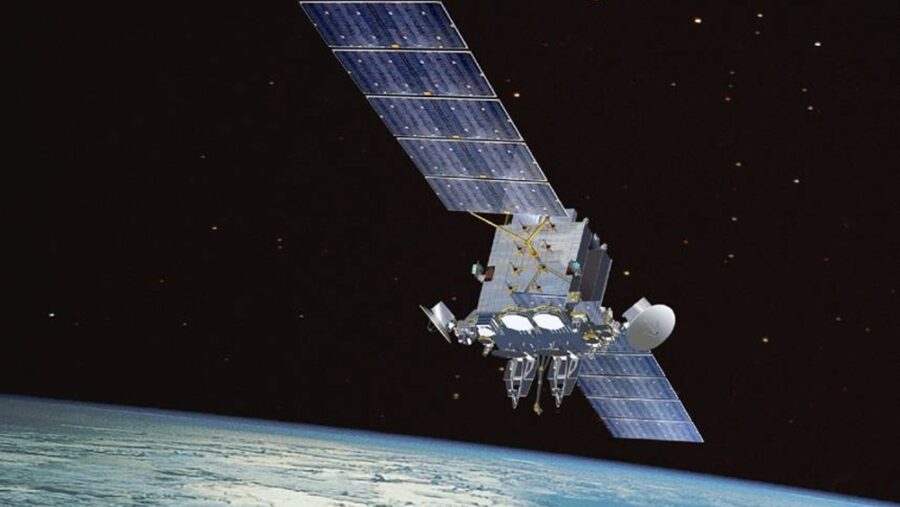
NASA astronomers have made yet another fascinating deep-space discovery using the James Webb Space Telescope. The latest discovery, which appeared at first to be a cluster of unexplainable Little Red Dots, have turned out to be a series of ancient galaxies with the ability to cloak or disguise themselves as other celestial beings. These galaxies are clustered in a remote distant stretch of the known universe, and each of them appear to either contain billions of stars, or a supermassive black hole at their centers, baffling scientific minds across the globe.
Ancient Galaxies With Strange Behavior

Some researchers have compared the cloaking abilities of these ancient galaxies to that of the mimic octopus here on Earth, which is marked by its ability to impersonate other creatures like lion fish, sea snakes, and crabs. Unlike the mimic octopus, however, the Little Red Dots don’t intentionally change their size, shape, and color to trick predators or track prey. Instead, the trickery comes in their data measurements, which seem to be completely incongruous when studied in differing datasets.
Mind-Boggling Masses
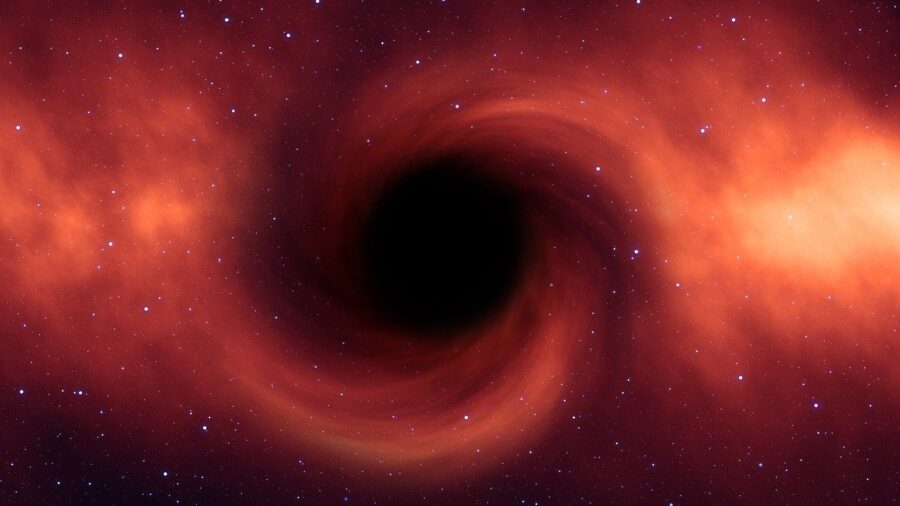
Specifically, the data extrapolated by scientists studying the ancient galaxies seems to support two conflicting bodies of thought. X-ray emission lines have detected that these Little Red Dots, which are significantly smaller than our own Milky Way galaxy, hold a mind-boggling amount of mass, making them the most dense stellar environments to ever be discovered. This means that the galaxies are either packed to the gills with hundreds of billions of stars, crammed into an extremely tight environment, or that they are each circling the force of a supermassive black hole.
No Signs Of Black Holes
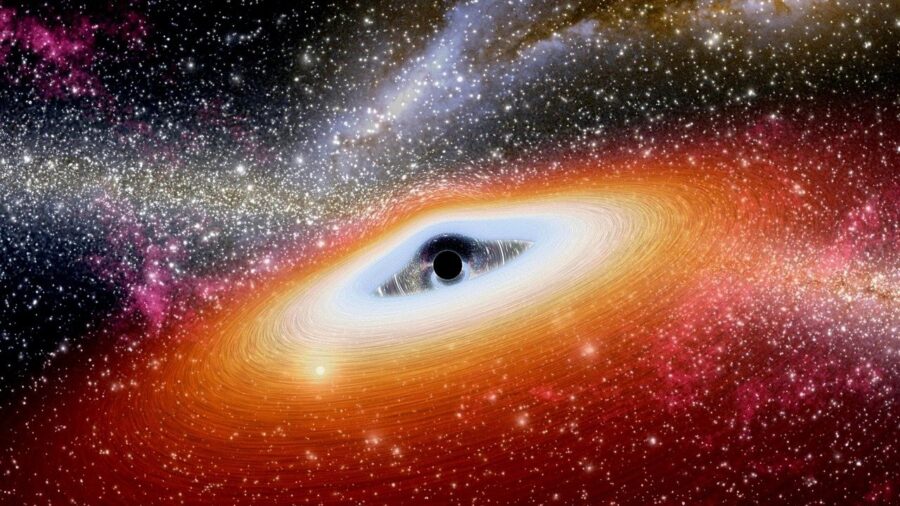
Neither of these hypotheses are perfectly sound at this time, as there seems to be equally enough concrete research to confirm or debunk either argument. The black hole theory is supported by a scan of gaseous emissions from the center of the ancient galaxies. However, infrared X-ray technology, which should be more than capable of spotting these black holes, shows no sign of them.
Likewise, it’s hard to believe that these teeny, tiny galaxies could pack in a similar number of stars within their minute orbit, without each celestial body crashing into its neighbor and causing a rumble of constant impact.
An Unexplainable Chemical Composition
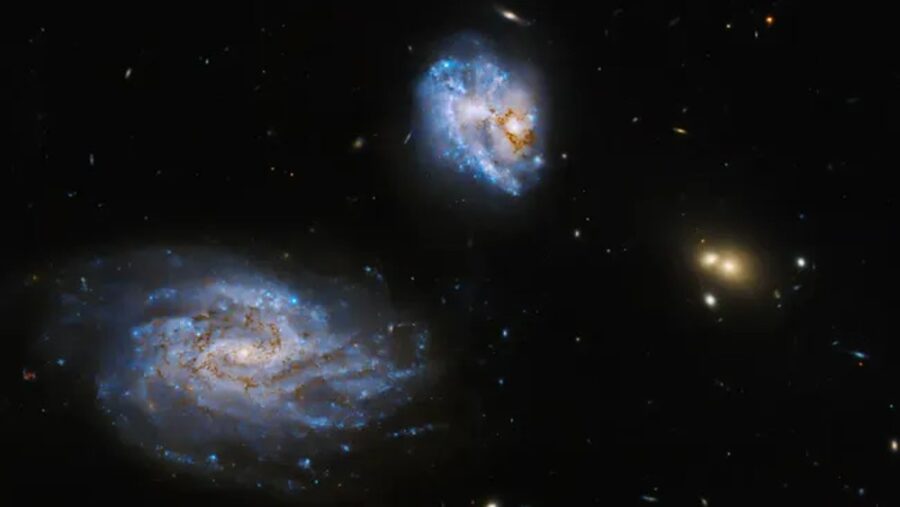
The galaxies in question are observable only for a span of roughly 1 billion years on a cosmic scale, and exist so deep in space that they are clocked far closer to the impact of the Big Bang than our little blue marble. Since this is the case, it may in fact point to the ancient galaxies holding a chemical makeup that is unexplainable by modern science, as the emissions swirling out of the distant bodies conflict with everything modern science is offering.
Waiting For The Right Movement
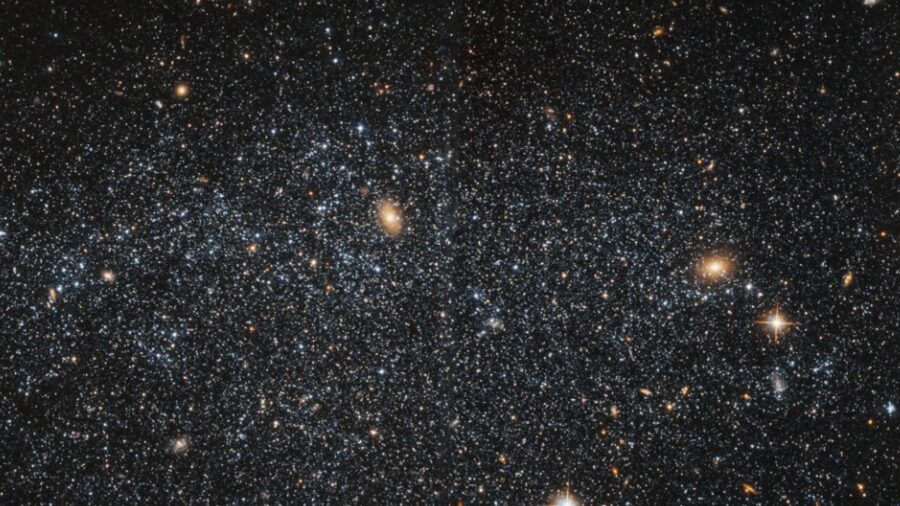
With any luck, NASA scientists may soon have enough knowledge of the Big Bang and other ancient galaxies to narrow down their search and peer deeper into the creation and eventual destruction of the Little Red Dots. For now, astronomers are keeping a well-trained eye on the distant region in hopes that some movement will give way to a concrete solution. The James Webb Space Telescope is capable of spotting even the tiniest activity using X-ray technology and infrared imaging, so any indication of a black hole, or explanation of how so many stars could cluster in one small space, should be just around the corner.
Source: arXiv.org











